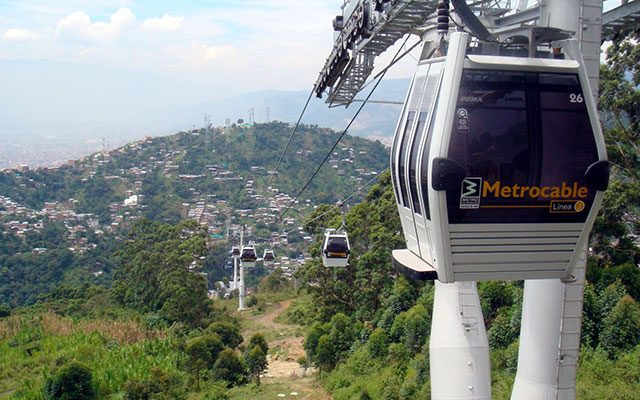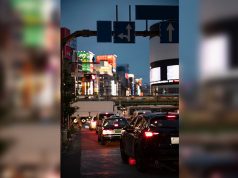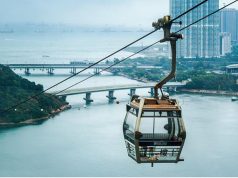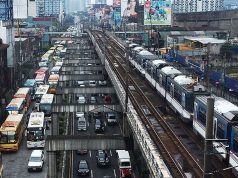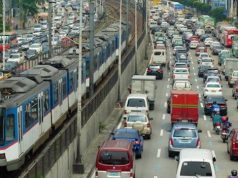Transportation Secretary Art Tugade’s proposal to install a cable car system in Metro Manila for commuters has been met with some skepticism. However, the inspirations for Tugade’s idea, outlandish as it may sound, has actually yielded positive results in some cities across the globe.
Tugade’s dream
Tugade proposed the introduction of a cable car transport system in the Philippines as early as the start of his tenure as transportation chief.
Among the routes he initially proposed was one connecting Sta. Rosa, Laguna all the way to Makati and another connecting Pasig to EDSA. His latest proposal includes aerial gondolas in Baguio and Boracay.
For Tugade, the introduction of the cable car system will alleviate the massive road congestion faced by commuters everyday.
He cited the cable car system in Bolivia as proof of how the project could work.
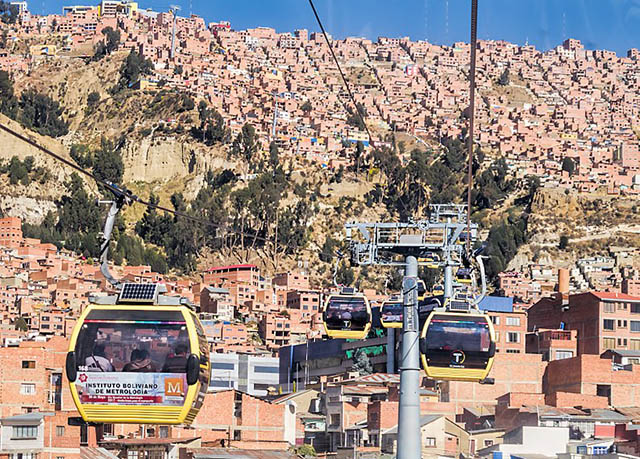
The transportation chief related that the cable car project was discussed with Russian Minister for Transport Maksim Sokolov when cabinet officials flew to Moscow in November 2017.
He has proposed a fare equal to that charged by other public utility vehicles in the country.
There are some who have looked at Tugade’s proposal with derision.
*eye roll*
Take for example, HK's Ngong Ping Cable Car. The standard cabin is HK$210, that's around Php1.4k. https://t.co/xV9NOZUcjW
So, if Tugade has his way, expect more fare subsidies. https://t.co/JyAdJO7WLD
— Arbet Bernardo (@ArbetBernardo) May 25, 2018
Make do of what we have now. Concentrate kayo sa quality ng train and maintenance. Naghahanap na naman kayo nang pagkukunan ng makukulimbat.
Wait, saang bansa ba ginawang major mode of transpo ang cable car? Di ba pang tourist spots lang yun? #wth https://t.co/JSW4r0F9Et
— Kamryn (@KamSaab) May 25, 2018
Some experts are skeptical
In a 2016 interview with media, Rene Santiago, president of infrastructure consultancy Bellwether Advisory Incorporated expressed skepticism with Tugade’s plan.
He claimed that the cable cars would merely replace existing modes of transportation such as jeepney and tricycles and that it could never be as efficient as the Philippines’ rail transit options in some corridors.
Jose Regin Regidor, a research fellow at the National Center for Transportation, also cautioned that there were other factors that should be considered before implementing such a project, such as capacity and demand.
A success elsewhere
Cable Propelled Transit or cable cars are actually a standard form of transportation in other jurisdictions.
The largest of these systems opened in the city of La Paz in mountainous and population dense Bolivia.
In Asian economic powerhouses Hong Kong and Singapore, the aerial gondolas are commonly used to provide a scenic view for tourists moving around the city.
An article published by The Guardian in 2015 discussed how urban cable cars have evolved from being a revolutionary means of transportation in population-dense cities to being a tourist attraction.
Meanwhile, an article by the Inter-American Development Bank discussed the success of the Metrocable cable car system in Medellin, Colombia.
#Medellín, #Colombia, has one of #LatinAmerica’s best #UrbanTransport systems – this is the “#metrocable” that links the informal housing high up the steep valley slopes with the surface train and the city centre on the valley floor.#Antioquia #urbanplanning #numtot pic.twitter.com/3X8SJuEh4f
— James Ellsmoor ? (@jellsmoor) April 1, 2018
The Metrocable helped improve the commute for lower-income residents in the city, the report noted.
The implementation of the system propelled workforce mobility amid an infrastructural improvement drive in the developing country. The result was an improved quality of life for the residents and commuters.
The article also discussed how cities like Haifa in Israel, and London in the United Kingdom have also implemented their own cable car systems.
A 2014 article published by infrastructural consultancy firm Steer Davies Gleave, meanwhile, discussed the benefits of the CPT, revealed by a comparative study between the cable car system and other urban transport systems.
The study found that compared to transport systems like the bus rapid transit and light rail transit, cable car transport was the most inexpensive and easiest to construct.
The Mì Teleferico system in Bolivia has also been warmly received. In March 2018, an article from Cities Today noted how the 4,000-meter high cable car system was able to transport around 230,000 to 250,000 people a year, helping ease travel woes amid heavy road congestion in the country.
So can Tugade’s proposed cable cars cure Metro Manila traffic woes? Not quite, but it can help.

